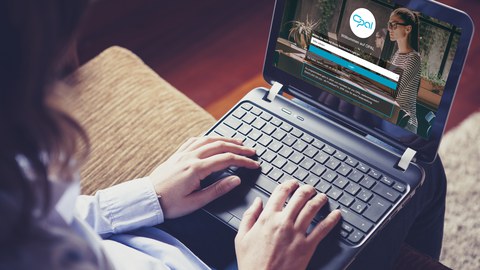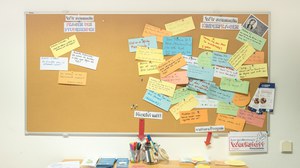Materials and tips for teaching
The Center for Interdisciplinary Learning and Teaching (ZiLL) aims to strengthen teaching competence in higher education and to encourage innovation in teaching at TU Dresden. Its primary goal is to promote high-quality university teaching in order to best support students in their learning processes.
The previous web section “Materials and Tips for Teaching” has been fully transferred to the new TUD Intranet. Starting in early August 2025, all TU Dresden staff, instructors, and student assistants will find the content in the newly structured intranet area “Shaping Teaching”.
There, you will find comprehensive information on planning and (digitally) designing courses, on implementing didactic strategies, on developing teaching and learning materials, as well as on exam formats, feedback methods, and much more.
In addition, the intranet provides guidance on how to further develop your teaching through training opportunities, self-learning courses, and exchange with the teaching and academic community.
The Center for Interdisciplinary Learning and Teaching remains your central point of contact for supporting teaching at TU Dresden and will continue to accompany you with a wide range of resources and inspiration.






